ECB keeps monetary policy unchanged as widely expected. Main refinancing rate is kept at 0.00%. Marginal lending facility and deposit facility rates are held at 0.25% and -0.40% respectively.
Forward guidance is changed to reflect the possibility of lower interest rates. That is, interest rates are expected to “remain at their present or lower levels at least through the first half of 2020”.
Also ECB “stands ready to adjust all of it instruments” if “medium-term inflation outlook continues to fall short of its aim”
Full statement here.
Monetary Policy Decisions
At today’s meeting the Governing Council of the European Central Bank (ECB) decided that the interest rate on the main refinancing operations and the interest rates on the marginal lending facility and the deposit facility will remain unchanged at 0.00%, 0.25% and -0.40% respectively. The Governing Council expects the key ECB interest rates to remain at their present or lower levels at least through the first half of 2020, and in any case for as long as necessary to ensure the continued sustained convergence of inflation to its aim over the medium term.
The Governing Council intends to continue reinvesting, in full, the principal payments from maturing securities purchased under the asset purchase programme for an extended period of time past the date when it starts raising the key ECB interest rates, and in any case for as long as necessary to maintain favourable liquidity conditions and an ample degree of monetary accommodation.
The Governing Council also underlined the need for a highly accommodative stance of monetary policy for a prolonged period of time, as inflation rates, both realised and projected, have been persistently below levels that are in line with its aim. Accordingly, if the medium-term inflation outlook continues to fall short of its aim, the Governing Council is determined to act, in line with its commitment to symmetry in the inflation aim. It therefore stands ready to adjust all of its instruments, as appropriate, to ensure that inflation moves towards its aim in a sustained manner.
In this context, the Governing Council has tasked the relevant Eurosystem Committees with examining options, including ways to reinforce its forward guidance on policy rates, mitigating measures, such as the design of a tiered system for reserve remuneration, and options for the size and composition of potential new net asset purchases.
The President of the ECB will comment on the considerations underlying these decisions at a press conference starting at 14:30 CET today.




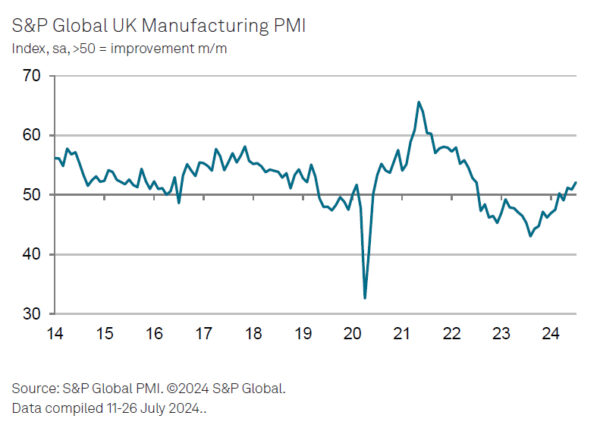
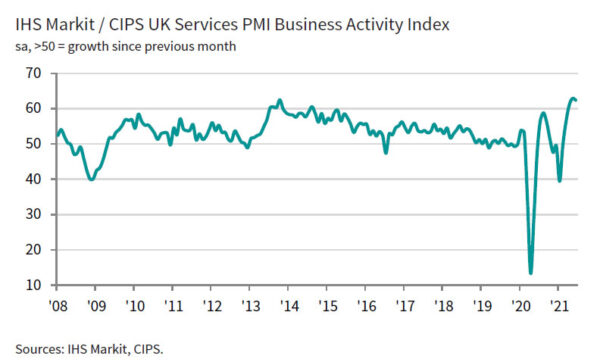
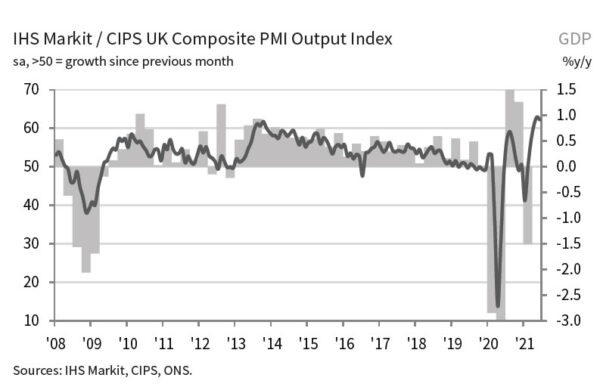
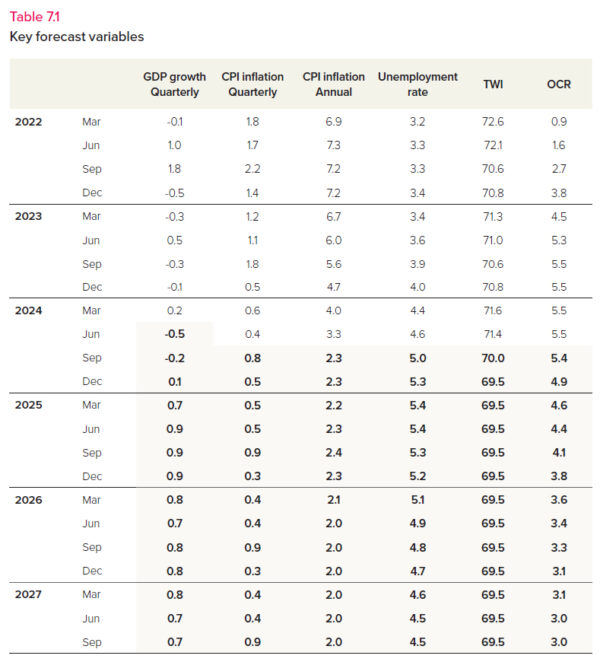
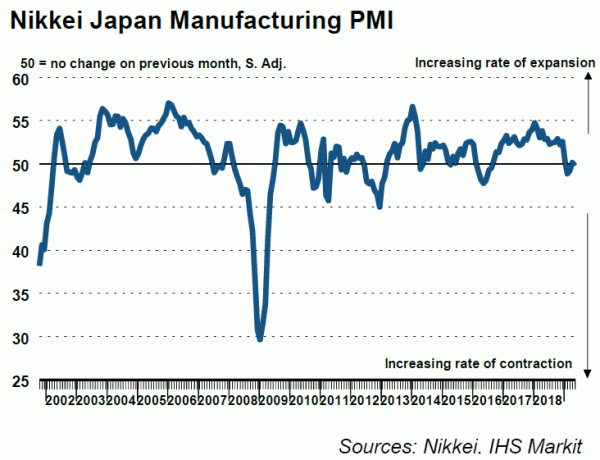
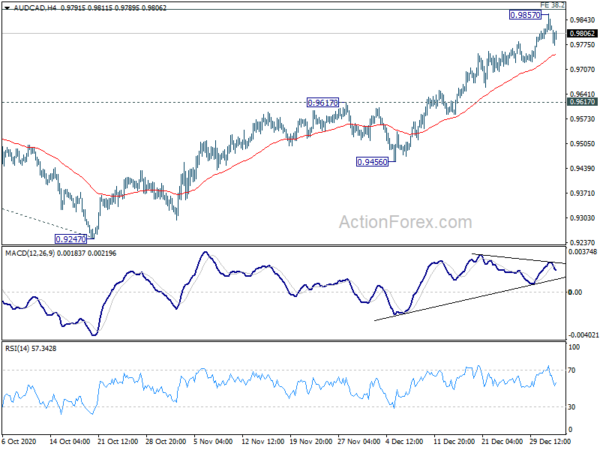
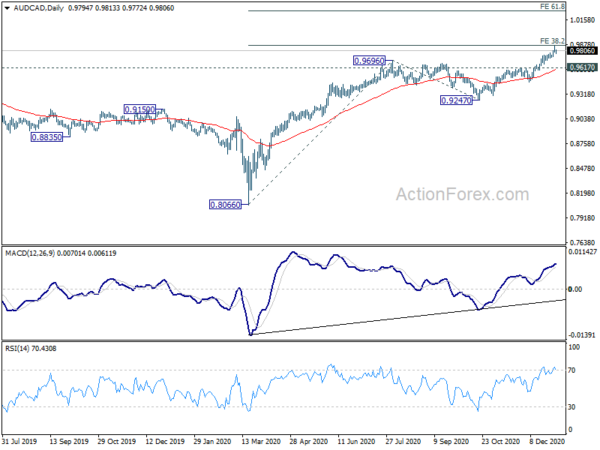
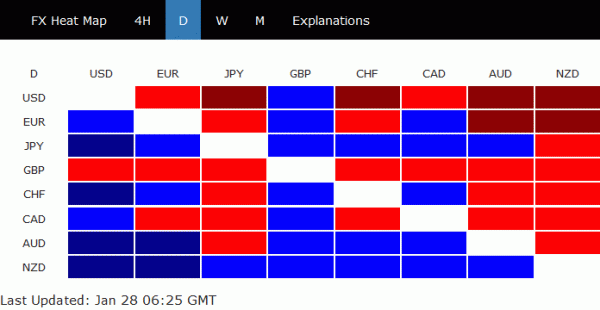
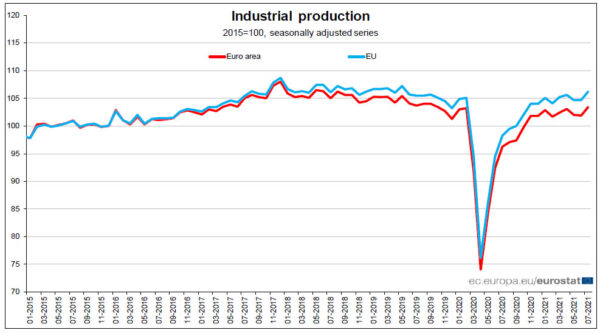
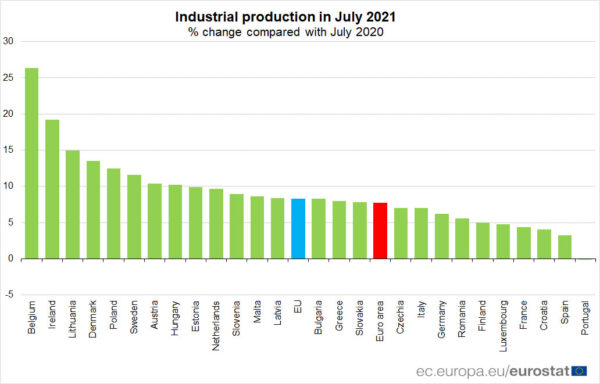
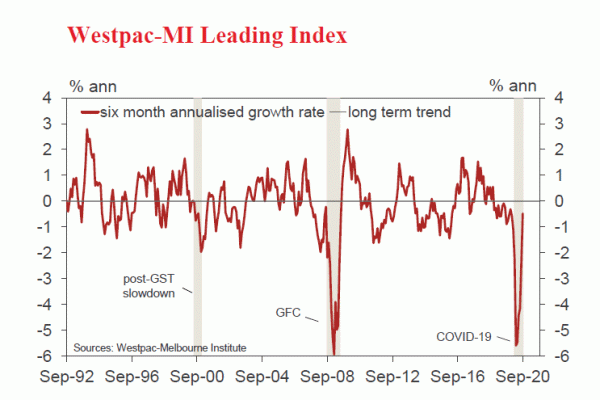
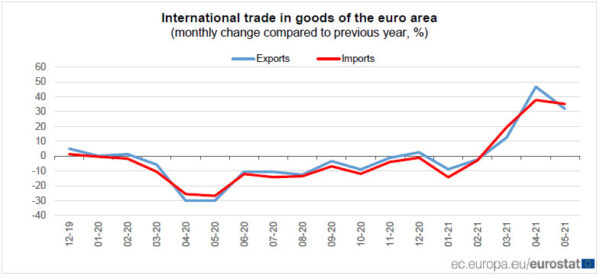

ECB’s Centeno: Inflation trajectory is very positive
At the World Economic Forum in Davos, ECB Governing Council member Mario Centeno highlighted the positive direction of medium-term inflation, noting that its “trajectory is very positive right now.” He further told CNBC that “we don’t need to do more than is needed”
On the topic of rate cuts, Centeno noted “once inflation starts going down sustainably, with an economy … that is not growing, where the challenges are huge, we need to be open to get all data on board and decide upon that.”
Meanwhile, another ECB Governing Council member, Francois Villeroy de Galhau, speaking at a panel in Davos, cautioned against premature declarations of victory over inflation. However, he admitted that “our next move will be a cut, probably this year” evenh though he refrained from commenting on the timing.